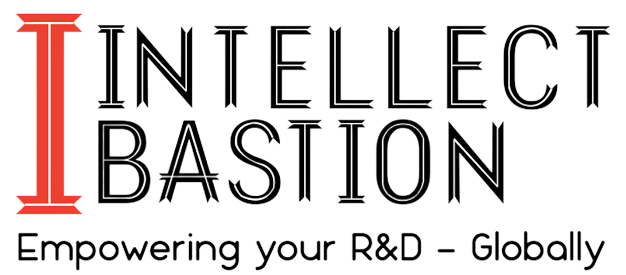Blog
What are trademarks?
As per Indian Trademarks Act 1999 “Trademark” means a mark capable of being represented graphically and which is capable of distinguishing the goods or services of one person from those of others and may include the shape of goods, their packaging and a combination of colours.
A trademark acts as a brand identifier, helping consumers recognise the source of a product or service, ensuring its quality, and preventing confusion in the marketplace.
Various types of trademarks:
- Word Marks: Brand names used to identify a company (e.g., “Zomato”).
- Logos: Symbols used to identify a company or its product (e.g. Apple logo).
- Taglines: Phrases associated with a company or its product (e.g., “Amul, the taste of India”).
- Sounds: Unique sound marks (e.g., Airtel Ringtone).
Why do we need trademarks?
Trademark creates brand identity and recognition which help to distinguish a product or service from competitors in the marketplace. It also provides Legal Protection to the owner who has exclusive rights to use the mark for the goods and services it represents. It acts as an intangible asset for a business which can be bought, sold, licensed, or franchised, adding value to the company. Trademarks are essential in branding and advertising strategies. A recognizable logo, name, or symbol makes it easier to promote products and services across various platforms, enhancing the brand’s visibility and appeal. Trademarks prevent confusion in the marketplace by ensuring that consumers are not misled by similar-looking products or brands. A strong trademark differentiates a business from its competitors. It helps build a unique brand image that stands out in a crowded market, offering a significant competitive edge.
Trademarks registration process?
The trademark registration process in India is governed by the Trade Marks Act, 1999 and involves several steps.
- Trademark Search: – Before applying for a trademark, it’s a good idea to search the Indian Trademark Registry’s database to check if the trademark you want is already in use or registered by someone else in the same category. This helps you avoid problems or objections later in the registration process.
- Filing the Application: – Once you’ve confirmed that the trademark is available, the next step is to submit the application. You can file the application online through the e-filing portal of the Controller General of Patents, Designs, and Trade Marks or submit it manually at one of the Trade Marks Registry offices.
- Examination of the Application: – After the application is filed, it is reviewed by the Registrar of Trade Marks to make sure it follows the rules of the Trade Marks Act.
- Response to Examination Report: – If the Examination Report raises objections, the applicant must respond within a set time (usually 1 month) to resolve them.
A hearing may be arranged if the objections are not fully addressed. If the Registrar is satisfied with the response, the application will move on to the next stage. - Publication in the Trademark Journal: – If the application is accepted, either after the examination or after resolving objections, it will be published in the Trademark Journal. This gives the public a chance to see the trademark and raise any objections or opposition if they feel their rights are affected. The trademark remains published for 4 months, during which time any third party can file an opposition using Form TM-O.
- Opposition (If Any): – If no one opposes the trademark within the 4-month publication period, it will move on to registration. If there is an opposition, the applicant must respond within a specified time. A hearing will be scheduled where both sides present their arguments, and the Registrar will decide based on the evidence provided. If the decision is in favor of the applicant, the registration process will continue.
- Trademark Registration: – If there is no opposition or if the opposition is resolved in favor of the applicant, the trademark will be officially registered, and the applicant will receive a Trademark Registration Certificate (Form TM-R). The registration is valid for 10 years from the date of application and can be renewed indefinitely.
- Trademark Renewal: – A registered trademark must be renewed every 10 years by submitting a renewal application (Form TM-R) and paying the renewal fees. If the trademark is not renewed, it can be taken off the register, but there is a grace period during which it can still be renewed.
- Timeline for Registration: – The whole trademark registration process, from filing the application to receiving the registration certificate, usually takes 12 to 18 months. The time may vary based on factors like complexity, objections, or opposition.
Schedule your FREE Consultation:
Call/WhatsApp our Experts: +91 9977007307
Email Address: help@intellectbastion.com
Remember, securing your inventive/creative works is not just about protecting your intellectual property; it’s about realizing the potential of your innovation and bringing it to the world. We look forward to being your dedicated partner in this exciting journey of innovation and protection.
Join the community of inventors and creators who trust Intellect Bastion for patent, design, copyright and trademark services. We’re here to empower your ideas and safeguard your future.
Best Wishes,
Intellect Bastion

